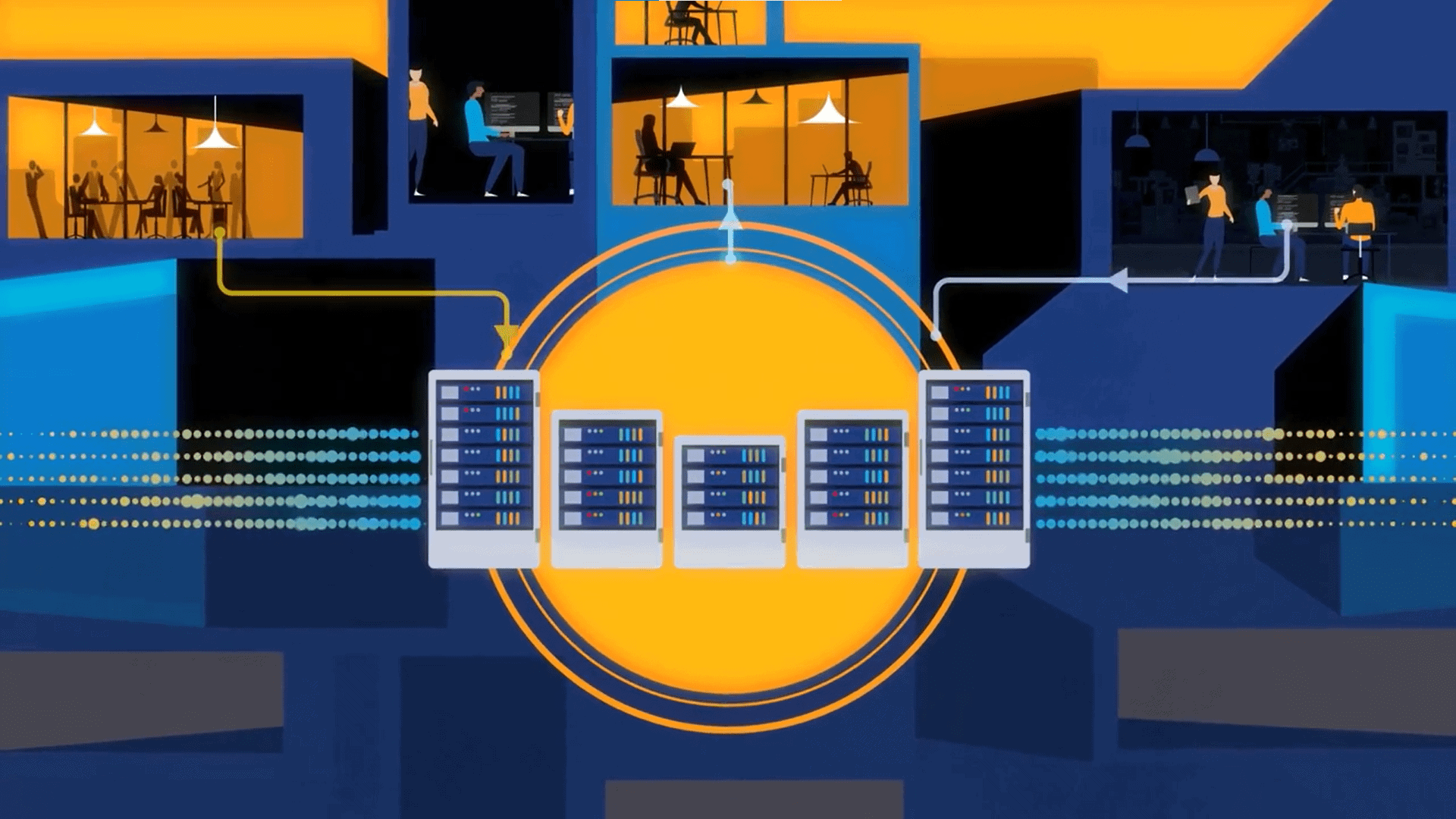
Discover how adaptive edge intelligence drives real-time fraud detection, network optimization, predictive maintenance, and anomaly detection across industries.
Edge intelligence has evolved from a promising concept to a core driver of digital transformation across industries. As organizations collect and process exponentially larger volumes of data, the question has shifted from whether to leverage the edge to how best to adapt intelligence at the edge for real-time, high-value outcomes.
Adaptive edge intelligence takes the concept of intelligent edge to a new level. With adaptive edge intelligence, systems process data locally and also learn, adjust, and optimize continuously. That brings decision-making closer to where data is generated. This capability unlocks speed, efficiency, and resilience that centralized models alone cannot achieve.
Such a capability has use in a very broad range of applications across various industries. Here are some of the leading examples where adaptive edge intelligence is being used today.
See also: RAG-Powered Fraud Detection: Transforming E-Commerce Security with AI
Financial Services: Real-Time Fraud Detection
Fraud remains one of the most urgent and costly challenges in financial services. Traditional fraud detection systems typically rely on centralized analysis, which introduces delays. That leaves gaps for bad actors to exploit. With adaptive edge intelligence, banks and payment providers can detect suspicious activity as transactions occur, at the point of interaction.
For example, an edge-based system embedded in ATMs or point-of-sale terminals can analyze customer behavior, transaction history, and biometric identifiers in milliseconds. Adaptive models can flag anomalies, such as unusual withdrawal patterns or card cloning attempts, before the transaction completes. By processing data locally, the system avoids the latency of sending information to a central server, while still feeding insights back to the cloud for continuous model refinement.
The tangible benefit is faster intervention. Customers are protected in real time, fraud losses are reduced, and institutions gain trust by proving they can outpace increasingly sophisticated cybercriminals.
See also: Why Intelligence at the Edge is No Longer Optional
Telecommunications: Network Optimization
In telecom, the stakes are equally high. Operators must deliver reliable, high-speed connectivity across massive, distributed networks, often with limited visibility into what’s happening at the edge. Adaptive edge intelligence enables providers to monitor and optimize performance closer to where issues arise, whether in a cell tower, a base station, or even at the customer premises.
One specific use case involves supporting 5G as its use explodes. To deliver ultra-low-latency services, telecom providers cannot afford centralized bottlenecks. By deploying edge intelligence in local nodes, providers can dynamically reroute traffic, balance network loads, and mitigate interference in real time. Additionally, adaptive models adjust automatically based on evolving conditions, such as spikes in streaming traffic during a major event or unexpected network degradation due to weather.
The results are measurable: fewer dropped calls, higher data throughput, and smoother user experiences. For enterprises building services on top of telecom infrastructure, like IoT platforms or cloud gaming, the impact of an adaptive edge can be transformative.
Manufacturing: Predictive Maintenance
Downtime in manufacturing is expensive, costing some plants thousands of dollars per minute. An often cited industry report estimates the average annual cost of downtime for manufacturers is $255 million.
Predictive maintenance, powered by adaptive edge intelligence, helps manufacturers move beyond scheduled service toward condition-based insights that anticipate equipment failures before they occur.
Edge-enabled sensors installed on machines continuously monitor vibration, temperature, and energy consumption. Instead of sending raw data to a distant data center, a system could analyze that data locally, using adaptive models to detect subtle deviations that may signal wear or impending failure. Because these models learn and recalibrate on the fly, they remain accurate even as machines age or production conditions change.
When a potential issue is detected, such a system could immediately alert operators or even trigger automated interventions, like adjusting machine speed to reduce stress until maintenance is performed. The net effect is a reduction in unplanned downtime, extended asset lifespan, and more predictable operations.
See also: Real-Time Visual Intelligence in the Energy Industry
Utilities: Anomaly Detection in Critical Infrastructure
For utilities, reliability and safety are paramount. Power grids, water systems, and gas pipelines generate massive streams of operational data, much of which is time sensitive. An outage, leak, or system anomaly can have widespread consequences if not addressed quickly.
Adaptive edge intelligence enables anomaly detection directly within substations, pumping stations, and other distributed assets. Local analytics can monitor voltage fluctuations, flow irregularities, or sensor malfunctions in real time. Instead of waiting for centralized alerts, field operators receive actionable insights immediately, enabling faster isolation of faults and minimizing service disruption.
Crucially, adaptive models evolve with the system. They learn from historical and current data, improving detection accuracy over time while reducing false positives that can overwhelm utility teams. This proactive edge-driven approach enhances grid resilience, safeguards public safety, and supports the broader transition to smart, sustainable infrastructure.
The Broader Impact of Adaptive Edge Intelligence
Across these industries, the common thread is agility. Adaptive edge intelligence’s strength is its ability to continuously refine decisions where they matter most. The closer the intelligence is to the source, the faster the response, and the greater the competitive advantage.
For organizations, this translates into tangible business outcomes: reduced losses, improved customer satisfaction, minimized downtime, and enhanced operational resilience. As industries face mounting complexity, whether from cyber threats, rising customer expectations, or the growing interconnectedness of systems, the ability to adapt in real time at the edge is no longer optional. It’s becoming the standard for digital excellence.































